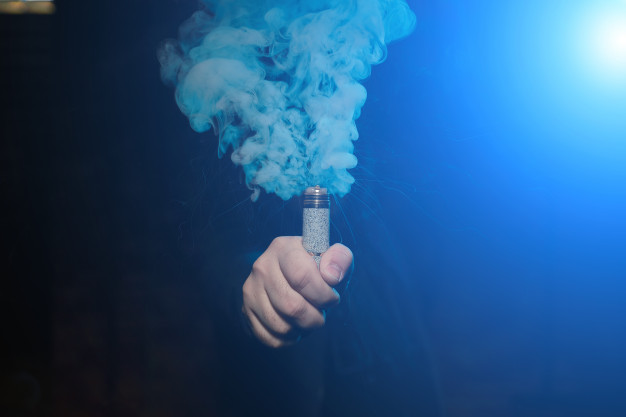We all know that smoking might not be the safest thing to do on the earth. It has been proven dangerous and extremely harmful to health by experts time and again. However, just because vaping is the next closest thing to smoking, people automatically assume that it too is the same as smoking traditional cigarettes. It is not surprising that people accept a lot of false information as reality on this front. Therefore, in this article here, we will debunk a few of this incorrect information and myths and give you the truth behind them all. Leading research centers around the world prove all these. Hence, let us take a look at six such vaping myths that you must know the truth about.
Vapes are ‘unregulated’
There is a big misconception that vapes are unregulated products, with no clear information on what exactly is the constituents of it. There was once a time when e-cigarettes were not well regulated, but as of now, it is very much well regulated. In fact, vape liquids, under the rules and regulations of the FDA, are restricted as a tobacco product.
There are a lot of rules and regulations surrounding vapes, which include maintenance of minimum standards of safety and quality, packaging, labeling, distribution, and so on.
Vaping gives ‘popcorn lung’
Bronchiolitis obliterans, or most commonly known as popcorn lung, is a lung disease usually caused when exposed to a chemical called diacetyl. It came to be called as such because it was first discovered among the workers of a popcorn factory. The reason why this disease came to be associated with vapes is that some e-liquids are said to use the named chemical to give a buttery flavor. However, diacetyl is banned from being used in e-liquids and e-cigarettes in countries like the UK and is not preferred by high-end vape makers.
Vaping clouds are harmful to others
As mentioned earlier, a lot of people tend to think that the effects of smoking cigarettes are the same as vaping. Passive smoking is another such factor that is imposed on vaping as well. However, unlike the harmful effects of passive smoking with traditional cigarettes, vape clouds have no such impact on others.
Vape liquids contain nicotine, propylene glycol or/and vegetable glycerine, and flavoring. These ingredients are not harmful, like tar, carbon monoxide, or tobacco, which makes up traditional cigarettes. It is a different thing for people with asthma and breathing problems. Other than that, vape clouds are nowhere as harmful as cigarette fumes.
Vaping is harmful because of nicotine content
Nicotine might be addictive, but it is the several other chemicals that cause the actual harm to you. Chemicals that are found in traditional cigarettes are more likely to cause you a lot more damage than the amount of nicotine used in vapes. Nicotine is not proven to cause cancer on its own. However, traditional cigarettes have contents such as tar, carbon monoxide, tobacco, and many more that can cause real harm.
Now you know that vaping is not as harmful as most people believe it to be. Of course, too much of anything is never good. But when it comes to vaping vs. traditional smoking, vaping is definitely the safer option. Also, as mentioned above, it helps a great deal in quitting smoking. Therefore, if you are thinking of going down the path, you can find various vapes and vape products online. You can also check for more here.
Vaping leads on people to smoke
Vaping has become popular recently. Everyone wants to try it, especially youths and teenagers. However, groups of people believe that vaping will eventually lead their users into smoking. This belief has not been proven yet. Nicotine, an active ingredient of vape, might be addictive, but there is no such confirmation that vaping will inevitably lead to smoking.
On the contrary, ever since the emergence of vapes and e-cigarettes, the number of smokers has gone down. If anything, the popularity of vapes is just intriguing for the new generation to try it out. Vaping, however, is said to help people quit smoking instead.
Vaping does not help you quit smoking
As mentioned above, vaping has turned out to be an excellent ‘stop-smoking’ aid. Regulated use of vapes and face-to-face support has proven to help people quit smoking. Experiments were conducted where over 900 smokers were asked to volunteer. They were divided into two groups, one using vapes and the other opting for Nicotine Replacement Therapy (NRT), where both found success. Against NRT, however, e-cigarettes found twice the success with the participants.


